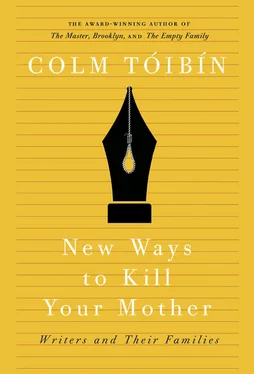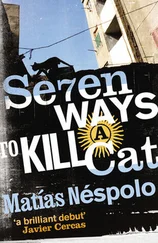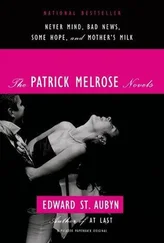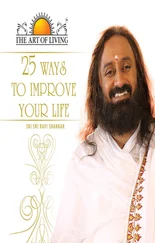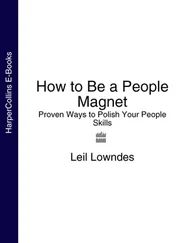The following year he wrote to Allen Tate: ‘Let us invent an idiom for the proper transposition of jazz into words! Something clean, sparkling, elusive!’ In these letters from 1922, as he worked on his poem ‘For the Marriage of Faustus and Helen’, he wrote to friends of the sheer effort each line took and the burden of symbolic meaning he was asking the words to carry. ‘What made the first part of my poem so good,’ he wrote, ‘was the extreme amount of time, work and thought put on it.’ In a letter to Waldo Frank in February 1923, he tried to indicate his intentions: ‘Part I starts out from the quotidian, rises to evocation, ecstasy and statement. The whole poem is a kind of fusion of our own time with the past. Almost every symbol of current significance is matched by a correlative, suggested or actually stated, “of ancient days”.’
In an earlier letter, he made clear also that the second part of the poem was ‘a jazz roof garden description in amazing language’:
A thousand light shrugs balance us
Through snarling hails of melody.
White shadows slip across the floor
Splayed like cards from a loose hand;
Rhythmic ellipses lead into canters
Until somewhere a rooster banters.
For anyone in those years writing poems that attempted to fuse deliberate and difficult structure with phrases filled with allusion and symbolic meaning, using rhythms that sought to seduce the reader with a mixture of the subtle and the strident, it was obvious that T. S. Eliot was an example to be welcomed and watched. Crane read The Waste Land as soon as it appeared. He was alert to the power of Eliot’s influence and also to his own need both to absorb and to evade it. ‘There is no one writing in English who can command so much respect, to my mind, as Eliot,’ he wrote. ‘However, I take Eliot as a point of departure toward an almost complete reverse of direction… I feel that Eliot ignores certain spiritual events and possibilities as real and powerful now as, say, in the time of Blake.’
The letters suggest that the poems Crane wrote came only with enormous concentration at times when he managed to make a densely packed music in his poetry that matched or impelled his complex aims in meaning and structure. His work did not come with the same effortless grace with which the poems of William Carlos Williams or Wallace Stevens, two poets whom he admired, seemed to come, and which allowed them to hold down jobs with ease and have what appeared, on the surface at least, a calm domestic life. The life Crane lived when he was not writing was troubled and messy, as his biographers have described.
For this reason, it is useful to have more than 500 pages of Crane’s selected letters in the same volume as the poems that were published in his lifetime and the unpublished poems. The picture of the poet here is rather less alarming than the one that appears in the biographies. He seems at times almost dull, often thoughtful and responsible, and quite bookish. If his life in the letters is colourful, then the colour comes from the naked quality of Crane’s ambition and the complex sensibility he exposed to his correspondents. His letters also throw real and sensuous light on the actual poems themselves as they were being written. Indeed, when he was not writing to his immediate family, Crane was writing almost exclusively to friends who were poets or who cared about poetry.
Early in 1923 he wrote to a friend about his plans for The Bridge :
I am too much interested in this Bridge thing lately to write letters, ads or anything. It is just beginning to take the least outline, — and the more outline the conception of the thing takes, — the more its final difficulties appall me… Very roughly, it concerns a mystical synthesis of ‘America.’ History and fact, location, etc. all have to be transfigured into abstract form that would almost function independently of its subject matter… The marshalling of the forces… will take me months, at best; and I may have to give it up entirely before that; it may be too impossible an ambition. But if I do succeed, such a waving of banners, such ascent of towers, such dancing etc, will never before have been put down on paper!
Early the following year in New York, Crane met and fell in love with Emil Opffer, three years his senior, who worked in the merchant marine. Opffer found him lodgings at 110 Columbia Heights in Brooklyn in a house inhabited by Opffer’s father, who was a newspaper editor, and other bohemians and artists. (John Dos Passos lived in the building for a while.) Crane wrote to his mother and grandmother about his new quarters: ‘Just imagine looking out your window directly on the East River with nothing intervening between your view of the statue of Liberty, way down the harbor, and the marvelous beauty of Brooklyn Bridge close above you on your right!’ It was as though he had walked into his own poem. ‘I think,’ he wrote to Waldo Frank, ‘the sea has thrown itself upon me and been answered, at least in part, and I believe I am a little changed — not essentially, but changed and transubstantiated as anyone is who has asked a question and been answered.’ Again he wrote to his mother and grandmother about the view:
Look far to your left toward Staten Island and there is the statue of Liberty, with that remarkable lamp of hers that makes her seen for miles. And up to the right Brooklyn Bridge, the most superb piece of construction in the modern world, I’m sure, with strings of lights crossing it like glowing worms as the Ls and surface cars pass each other going and coming.
He confided to his mother about the poems he was writing:
There’s no stopping for rest, however, when one is in the ‘current’ of creation, so to speak, and so I’ve spent all of today at one or two stubborn lines. My work is becoming known for its formal perfection and hard glowing polish, but most of those qualities, I’m afraid, are due to a great deal of labor and patience on my part… Besides working on parts of my Bridge I’m engaged in writing a series of six sea poems called ‘Voyages’ (they are also love poems)… I feel as though I were well arranged for a winter of rich work, reading and excitement — there simply isn’t half time enough (that’s my main complaint) for all that is offered.
In 1925 Crane moved home to Cleveland for a time and then to Patterson in upstate New York, where he shared a farmhouse with Allen Tate and Tate’s wife Caroline Gordon before he fell out with them with much bitter correspondence and recrimination, some of which reads like high comedy. He desperately needed somewhere to work on his long poem before the money Otto Kahn had given him ran out. And just as his move to Brooklyn seemed to come as a piece of almost uncanny good fortune, allowing him to inhabit parts of the poem as he conceived of them, now he made another move that was to provide him with images, metaphors and suggestions fully matching the grandeur of his design. He had appealed to his mother to allow him to go to her property on the Isle of Pines, where he had not been since he was sixteen. She was at first uneasy about the idea, feeling, among other things, that he would disturb the housekeeper, but soon she relented. In early May 1926 Crane voyaged towards the scenes of some of the later sections of The Bridge .
Slowly, in what seemed like an undiscovered country waiting for its Columbus, he began to work, reading, planning his poem further, and then writing:
Here waves climb into dusk on gleaming mail;
Invisible valves of the sea, — locks, tendons
Crested and creeping, troughing corridors
That fall back yawning to another plunge.
Slowly the sun’s red caravel drops light
Once more behind us… It is morning there—
O where our Indian emperies lie revealed,
Yet lost, all, let this keel one instant yield!
Читать дальше
